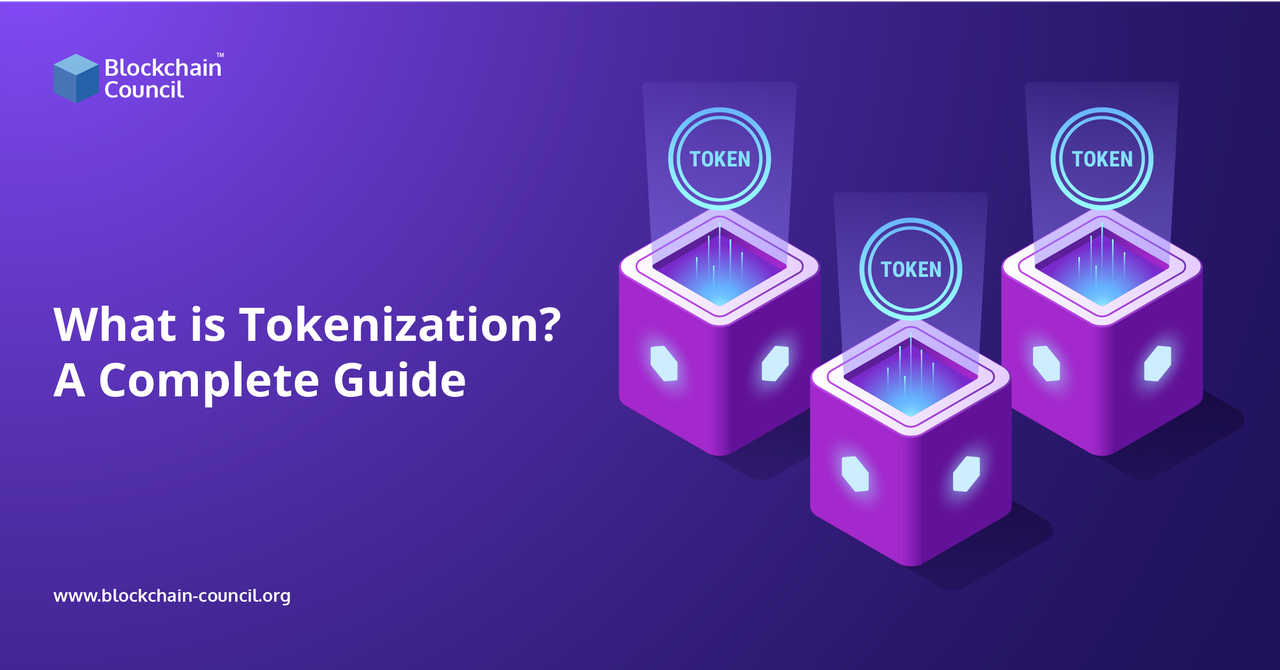
- Ayushi Abrol
- September 29, 2023
In this article, we will learn about the basics of tokenization, how it works, and its practical use cases.
Almost everyone has sent pictures over the internet. If not, then at least you have emailed others. So, when you send an email over the internet, the protocol and the underlying technology copy the email and send it to the receiver. This way, both you and the receiver have a copy of the email.
You and the email receiver can send the same email to an uncountable number of people, and the email keeps on copying. It is excellent, but it is not feasible when it comes to sending money over the internet. How would you like to hold a currency, and the value drops with each subsequent transaction?
Obviously, this is where financial institutions and banks come in. They help facilitate money transactions over the internet without losing their value.
But, with the explosion of blockchain technology, we all are looking for ways to eliminate intermediaries. One way of sending money over the internet with no intermediaries is tokenization.
Let us dive in.
What is Tokenization?
Tokenization is the process of transforming ownerships and rights of particular assets into a digital form. By tokenization, you can transform indivisible assets into token forms.
For example, if you want to sell the famous painting Mona Lisa. You would need to find a seller who wants to shell out millions of dollars for it. Clearly, this reduces the number of people who have enough liquid cash worthy of buying it. But if we tokenize the painting. Then we can have multiple people with whom the ownership of that painting be shared.
Specifically, fractional ownership is possible. Say someone can be 1/25 owner of a painting or asset. It is only possible with tokenization, which provides an adequate solution over traditional solutions. Therefore, most cryptocurrency experts will bet on its usage and future prospects. That is why most experts suggest upskilling with a cryptocurrency course.
Tokenization in blockchain opens up multiple new possibilities for businesses and individuals. IDC, the global market intelligence firm, puts the tokenized asset market on the blockchain to be around $500 billion. The number is mind-blowing, but the concept of tokenization is not new and has been around for some decades.
Before the introduction of blockchain technology, we have used tokenization, especially in financial institutions from the 1960s, to safeguard our credit card details and transaction statements. Even hospitals use them to keep sensitive patient information, and governments use them to keep track of voter registration.
Traditional tokens save the information as alphanumeric tokens and later pass through a cryptographic function. This process makes sure that each token is unique. Blockchain tokenization is like this process.
But blockchain tokenization provides some additional benefits.
- Flexible tokenization of assets
- It comes with security similar to that of a cryptocurrency security
- Potential for broad application of tokens
The technology behind blockchain tokens
We implement tokens using smart contracts in the blockchain, also known as token contracts. These contracts are computer programs that help verify the business rules and help transfer values from one user’s wallet to the next.
There are two basic ways to transfer values using a smart contract.
- First is the UTXO model. They introduced it by implementing the bitcoin technology, and many cryptocurrencies use this model. UTXO works by determining the amount of digital currency left in a user’s account after a successful cryptocurrency transaction.
- Then we have the Account-based model, which is used by Ethereum and Hyperledger fabric. When an order takes place, the nodes that are the network’s validators debit the amount from the sender’s account and credit it to the receiver’s account.
Types of Tokens
-
Security tokens
They are tokens that help validate the ownership of a particular asset or rights. They are the digital representation of an underlying asset. Along with that, they have all the benefits of traditional securities. Moreover, in security tokens, we can program it with the help of a cryptocurrency developer to have unique characteristics and features that suit our needs.
For example, you can trade real estate tokens and pay using the cryptocurrency of that chain.
Then there are some tokens whose value is determined by the underlying asset, such as those with off-chain assets like real estate, invoices—the more valuable the asset, the costlier the token.
-
Platform tokens
Platform tokens are used in the blockchain to help deliver decentralized applications. For example, you can interact with the Daaps built on the Ethereum network with token Dai. Along with that, as a platform token as we widely use it in the Ethereum network.
-
Utility tokens
Utility tokens are the most basic token on a blockchain network. They are used to access the services, power the consensus program, pay transaction fees, and even vote for new blockchain developments. Yes, they also work as governance tokens and are utilized in the decision-making process of DAOs.
Suppose, you want to learn more about DAO and ways to set up a DAO to take the pain out of managing your business. Then check out our cryptocurrency course, where we explain cryptocurrency in an easy and fun way.
While security tokens are used to establish ownership rights, utility tokens have more practical usage. This makes utility tokens much more valuable in terms of providing liquidity to a platform.
Note: Crypto tokens developed for a specific purpose can also be used for other purposes. For example, many people buy utility tokens hoping that the blockchain services and product range will grow. The token will see an increase in value.
Along with the above classification, we also have different types of assets that we can convert into tokens.
Fungible Tokens
Fungible tokens mean they can be replicated or replaced. They are not unique.
Converting fungible assets into tokens is easier as you can divide them into fractional units. The most common type of fungible token is gold. Fungible token converters have an inbuilt abstraction layer that helps to facilitate interoperability and provide platform independence.
Non-Fungible Tokens
Non-fungible assets like a diamond, a baseball, or the painting of the Mona Lisa, which we mentioned above, cannot be broken into fractions. But when we convert them into non-fungible tokens, we can have full or partial ownership of them.
Non-fungible tokens are unique, and we can track the history of ownership on the blockchain. This makes sure that no one can replicate the token. Moreover, when a non-fungible asset is converted into a token. They start the process by providing an immutable digital signature. It will help to determine the uniqueness of the underlying asset.
If you have been watching blockchain and crypto-related news, you might have heard how NFT’s are the latest trend, with some of them selling for millions of dollars. The prospect of NFT opens a lot of real-life usage for tokenization. Even fortune 500 companies are racing to have NFT of their products.
Advantages of Tokenization
We have seen what tokenization is and the underlying technology. But it is crucial to understand its advantages as it will help us realize the reasons for its growth. So, here are its advantages in simple terms.
-
Assets Divisibility and More Liquidity
One of the significant benefits of tokenization in the blockchain is that it opens up the underlying assets to a broad audience. The divisibility of assets helps to achieve it. We can now take part in investments that have a high investment threshold. Thus, removing the liquid premium of hard-to-sell assets like prime real estate and artworks.
Tokenization also provides a broader geographic reach as blockchain is inherently global in nature. Anyone with a computer web browser can interact and keep track of the asset from any part of the world.
Asset divisibility also comes with the benefit of shared ownership. You can have a vacation home with 15 other people and agree on who will use the house during a specific time. This is just one example. There can be many more use cases.
-
Faster and Cheaper transactions
We can bypass all the intermediaries involved in a transaction with cryptocurrency tokens. Let us understand it with an example if we tokenize the deed of a house and put it on the blockchain. Then interested parties can directly buy the deed with cryptocurrency, and the smart contract will transfer the deed to the new owner after a successful transaction.
The process eliminates the need for a lawyer, banks, an escrow account, and even brokerage commissions. The process is simply cheap and efficient. Moreover, crypto tokens are on the blockchain network that means we can trade them 24/7 all around the globe.
-
Transparency
In a blockchain, all of the transactions are transparent and available to any computer interacting with the chain. That means you can dig up the previous owner history of an asset, thus increasing trust among potential buyers. Moreover, blockchain tokens also benefit from being immutable as all of the transactions are verified by the nodes.
All of this provides a level of trust that most traditional solutions cannot match.
How blockchain tokenization can help in enterprise systems
For a long time, we have propagated blockchain technology for enterprises. Blockchain provides businesses the flexibility, security, and transparency that most business solutions cannot offer.
On top of that, let us see in detail the benefits of implementing blockchain-based tokenization in businesses.
- Considerable reduction in transaction time between payment and settlement.
- Intangible assets like copyright and patents can be tokenized to increase shareholding. Tokenization will also help to understand the actual value of the assets.
- Asset-backed tokens like stable coins can be used for transactions. This reduces the dependency of enterprises on banks and other intermediaries.
- Loyalty-based tokens can be used to incentivize users to use a company’s products. Additionally, loyalty tokens bring transparency and efficiency as users interact and use loyalty rewards across different platforms.
- Renewable energy projects are costly. So, tokens issued against them will expand the investor pool while building trust.
Challenges to tokenization
As the world slowly adapts to blockchain technology, projects involved with blockchains like tokenization will require increased regulations. However, the tokenization of assets functions similarly to financial securities. But tokenized assets may not be subjected to such rules.
While most countries are implementing laws to encourage the growth of blockchain-based projects. However, some countries are taking strict actions against them, for example. The Securities and Exchange Commission (SEC) can classify certain tokens as securities in the USA. Without a doubt, it will invite a large amount of external scrutiny.
Another major concern is how security tokens-backed assets will be managed. For example, maybe thousands of foreign investors collectively own a tokenized hotel. There remains a big question on who will manage the hotel.
Again, if the underlying assets behind a token go missing. Like tokens backed by gold.
Then there is the issue of lack of undefined rules when the real world and blockchain environment overlaps. So, to summarize it, blockchain, a decentralized system, will still need some kind of third party or a centralized system.
Final Words
Tokenization can be very helpful, as we mentioned above, for both individuals and enterprises alike. With increased security, transparency, and efficiency, blockchain tokens can be the future of modern businesses.
Though there remains a big question on the regulatory front, with clarity on rules and regulations, blockchain tokens can soon be at the helm of the blockchain revolution. Additionally, Decentralized Autonomous Organizations or DAO’s can also help manage underlying assets.
Even Norilsk Nickel, the world’s highest producer of palladium and nickel, has tokenized its products. It will help them provide faster transactions and transparency of prices to anyone on the network. Thus, increasing its credibility and trust in the industry.
Now you know how real and efficient tokenization is. Even major suppliers are implementing it in their operations. You can learn more about blockchain and web3 based applications with our cryptocurrency advisory course. After completing the course, you can proudly flaunt yourself as a cryptocurrency expert.
Be future-ready with cryptocurrency education.



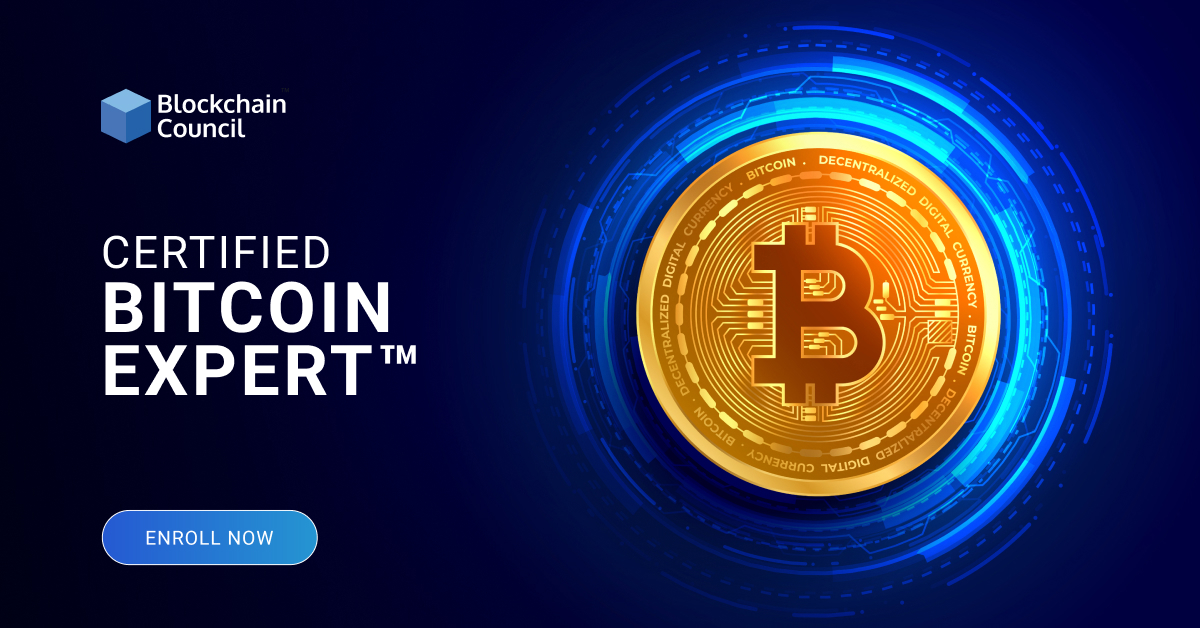


























































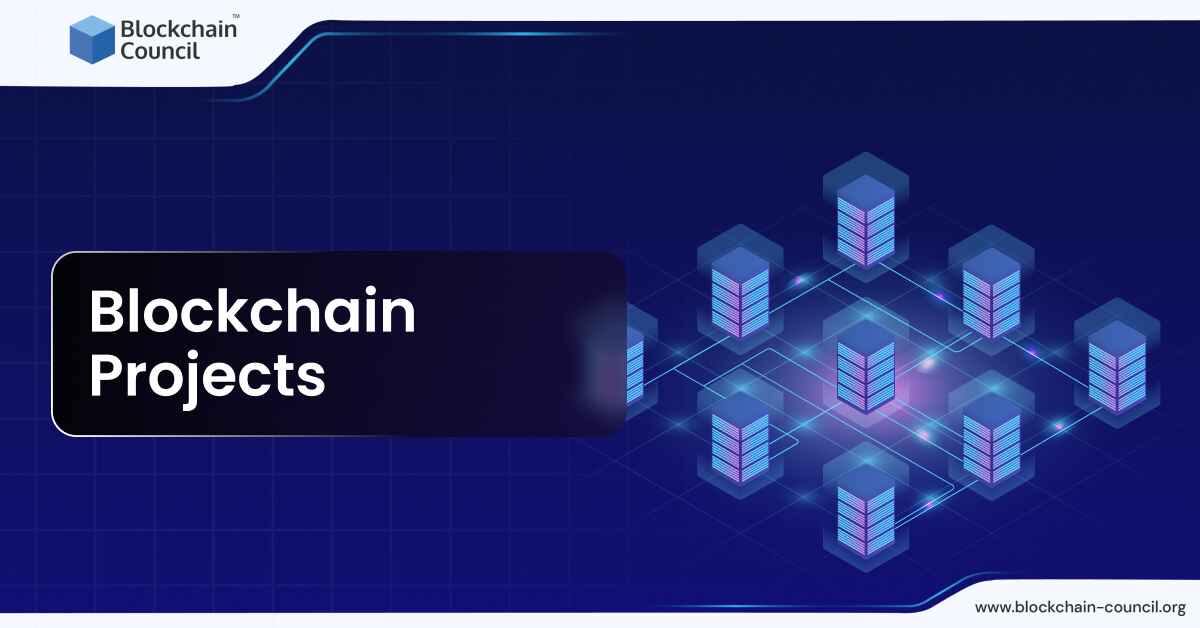
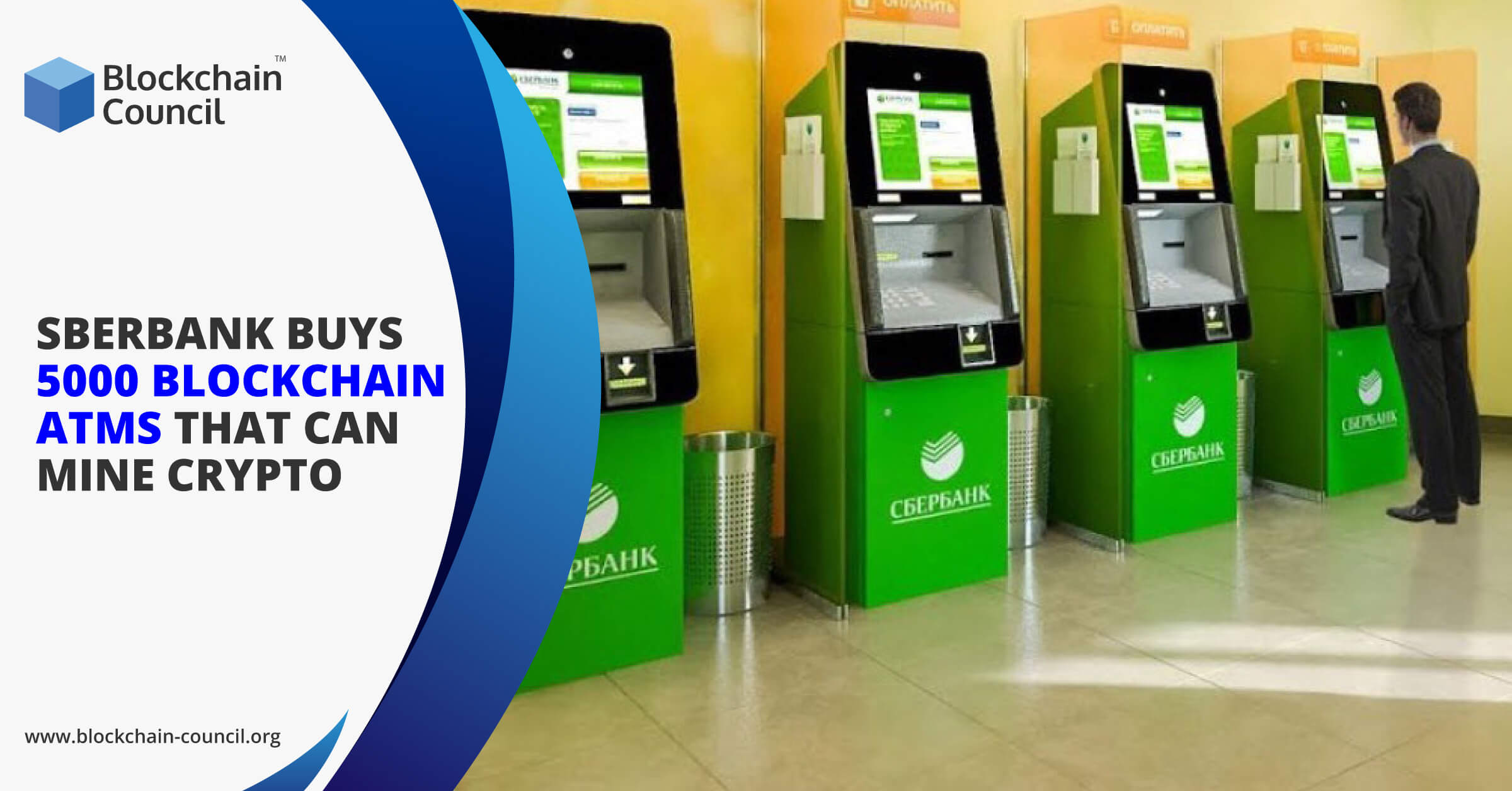
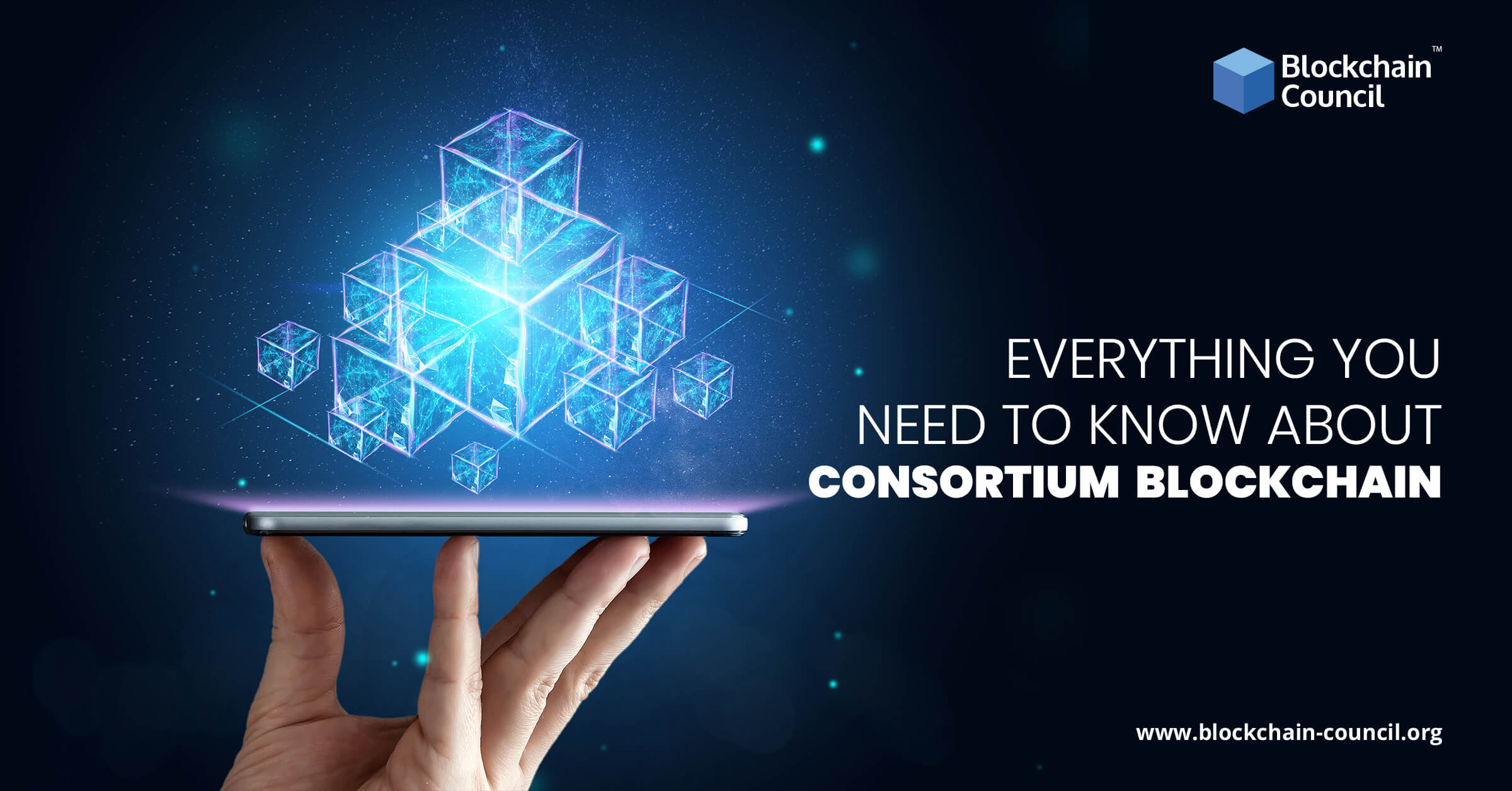
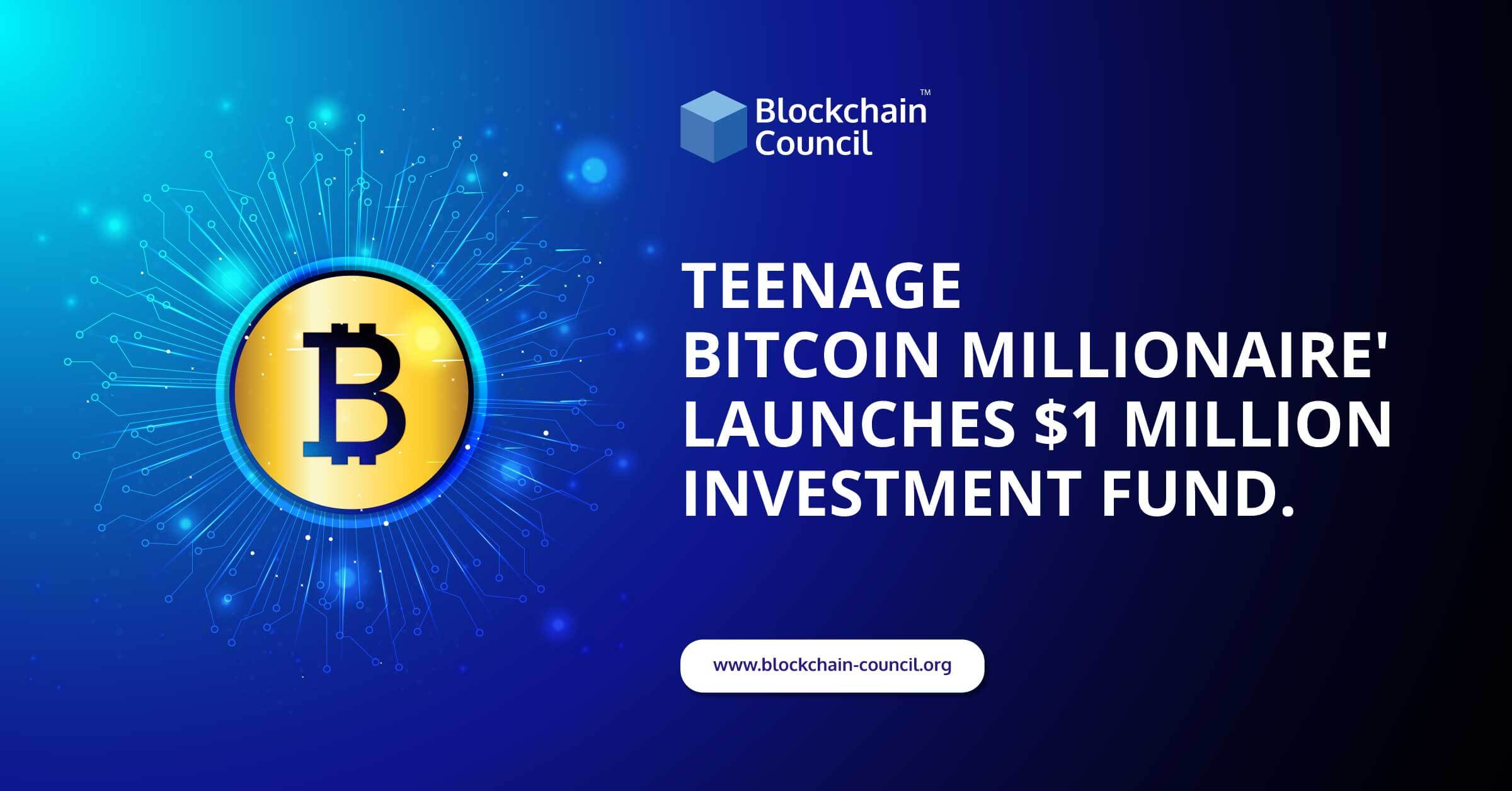
 Guides
Guides News
News Blockchain
Blockchain Cryptocurrency
& Digital Assets
Cryptocurrency
& Digital Assets Web3
Web3 Metaverse & NFTs
Metaverse & NFTs
